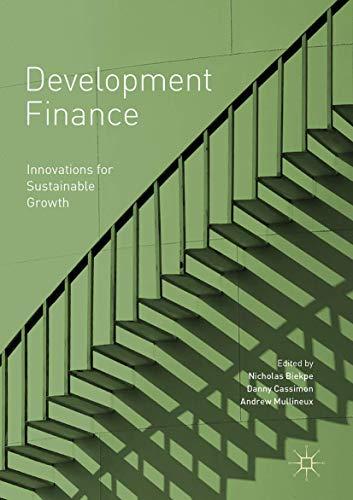Question
7. You are standing on February 15, 1994: a) What is the total value of the portfolio? b) Compute the dollar duration of the portfolio.

7. You are standing on February 15, 1994:
a) What is the total value of the portfolio? b) Compute the dollar duration of the portfolio.
8. You are worried about interest rate volatility. You decide to hedge your portfolio with a 3-year coupon bond paying 4% on a semiannual basis.
a) How much should you go short/long on this bond in order to make it immune to interest rate changes?
b) What is the total value of the portfolio now?
9. Assume that it is now May 13, 1994 and that the yield curve has changed accordingly (see Table 3.7)
a) What is the value of the unhedged portfolio now?
b) What is the value of the hedged portfolio?
c) Is the value the same? Did the immunization strategy work? How do you know that changes in value are not a product of coupon payments made over the period?
*Can use coding to solve questions as needed
use the two yield curves at two moments in time in Table 3.7 , and the following portfolio: - Long \$20 million of a 6-year inverse floaters with the following quarterly coupon: Couponatt=20%r4(t0.25) where r4(t) denotes the quarterly compounded, 3-month rate. - Long \$20 million of 4-year floating rate bonds with a 45 basis point spread paying semiannually. - Short $30 million of a 5-year zero coupon bond. Table 3.7 Two Term Structures of Interest Rates Notes: Yields are calculated based on data from CRSP (Daily Treasuries). Assume that it is now May 13, 1994 and that the yield curve has changed accordingly (see Table 3.7). (a) What is the value of the unhedged portfolio now? (b) What is the value of the hedged portfolio? (c) Is the value the same? Did the immunization strategy work? How do you know that changes in value are not a product of coupon payments made over the period? use the two yield curves at two moments in time in Table 3.7 , and the following portfolio: - Long \$20 million of a 6-year inverse floaters with the following quarterly coupon: Couponatt=20%r4(t0.25) where r4(t) denotes the quarterly compounded, 3-month rate. - Long \$20 million of 4-year floating rate bonds with a 45 basis point spread paying semiannually. - Short $30 million of a 5-year zero coupon bond. Table 3.7 Two Term Structures of Interest Rates Notes: Yields are calculated based on data from CRSP (Daily Treasuries). Assume that it is now May 13, 1994 and that the yield curve has changed accordingly (see Table 3.7). (a) What is the value of the unhedged portfolio now? (b) What is the value of the hedged portfolio? (c) Is the value the same? Did the immunization strategy work? How do you know that changes in value are not a product of coupon payments made over the periodStep by Step Solution
There are 3 Steps involved in it
Step: 1

Get Instant Access to Expert-Tailored Solutions
See step-by-step solutions with expert insights and AI powered tools for academic success
Step: 2

Step: 3

Ace Your Homework with AI
Get the answers you need in no time with our AI-driven, step-by-step assistance
Get Started


